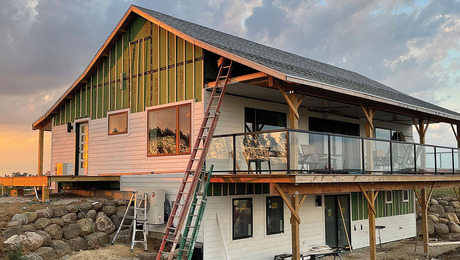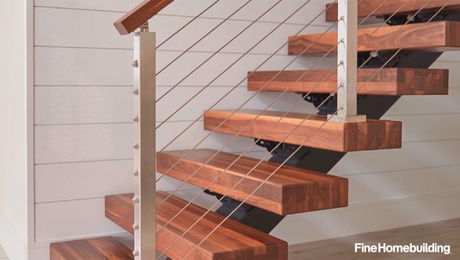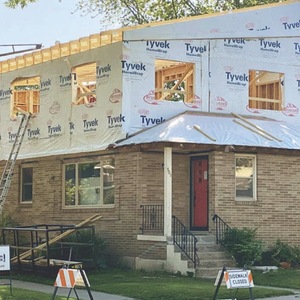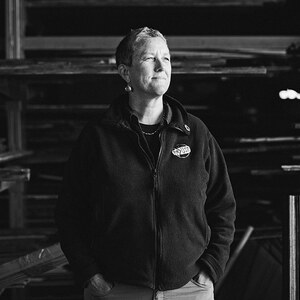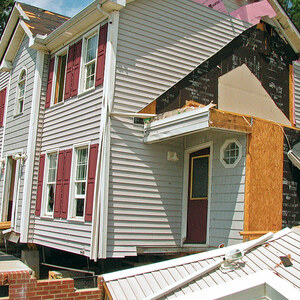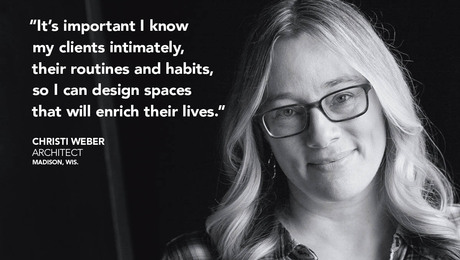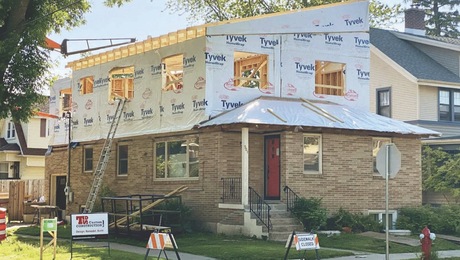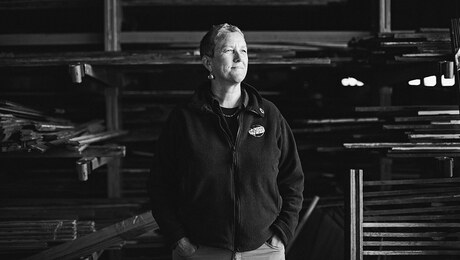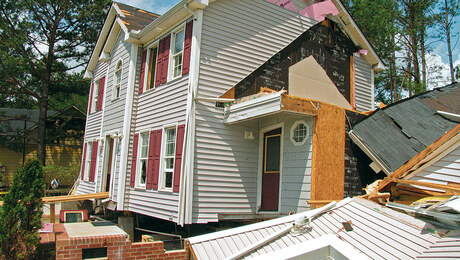Tailgate: Will Beemer, Timber Framer
From concrete eco-structures in Arizona to the post-and-beam heritage of New England, Will Beemer has built a teaching career that strikes a balance between the past and future of home building.
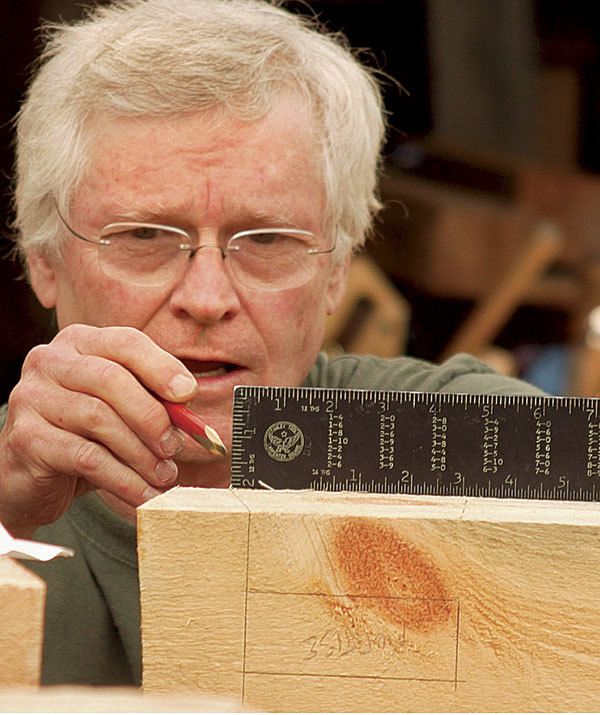
How did you become a carpenter?
I worked for a finish carpenter named Ted Miller up in the Adirondacks one summer when I was in college. What impressed me most was his values of wanting to do something that he liked doing instead of just making money. Being a finish carpenter, he had a good eye for quality and beauty, and could see all of that taking shape in the final product. He had all these tricks that weren’t in any books that could only be gotten through experience. I was gleaning these secrets in even these first couple of years, even though I wasn’t doing a whole lot of carpentry.
What prompted you to open the Heartwood School?
Actually, I didn’t start Heartwood. After I quit working for Ted, I taught building for two years in the late ‘60s on the Arcosanti project in Arizona. My wife and I wanted to start our own building school out West, but at that time, three schools had just started in New England. We came as teachers to Heartwood in the late 1970s. In 1985, it became ours entirely. We concentrated on timber-framing as our forte at Heartwood, which kind of separated us from the other schools.
And is that how you got involved with the Timber Framers Guild?
Yes. A lot of things happened in 1985. We became the sole owners of Heartwood, and that was also the year that the guild formed at Hancock Shaker Village, which is just 15 miles from Heartwood.
When we went there, we found 200 other timber-framers that were doing it, and doing it right, as opposed to us. We were guessing our way through it. Most of the people that came to Hancock had worked on old buildings, so we went to the old buildings and saw how it was done. It was a great sharing of information from a very generous group of builders that wanted to share it because there were so few of us doing it. Then I got involved with the guild.
Of course, the guild is an educational organization, so it fit right in with what Heartwood was doing because we were teaching it. Since then, a lot of instructors who have come to Heartwood have been discovered through the guild.
How has Heartwood changed since you took it over?
I think we are getting fewer owner/builders and more professional builders that are coming to pick up specialty skills. It’s gotten a lot harder for owner/builders with all the regulations and all the code work. We’re building better houses, there’s no doubt about it, but there’s so much information out there. It may be a bit detrimental, but there are too many choices available today.
What’s the most satisfying thing about teaching carpentry and construction?
The enthusiasm of the students, without a doubt. They’re all here because they want to be here, and they are searching for that thing that might be missing in their lives: creating things with their hands. It’s turning them on to that and seeing their eyes light up when they see a boring machine, or seeing the lightbulb go on when they finally figure out how to lay out a rafter. Basic building geometry—for some people, when that lightbulb goes on—that’s fun.
It’s certainly the enthusiasm, even more than building a house and seeing the final product. It’s seeing people not being able to put their hammer down at the end of the day when it’s time to quit because they’re having fun. It hasn’t become work yet.
What’s the most important lesson for a tradesman to understand?
Do the best job you can so that you are able to take pride in your work, knowing that it’s the best work you can do without cutting corners. Saying “It doesn’t really matter” is not a good sign because the work will just get sloppier. Even if it’s not as great as the best craftspeople can do it, you still know you’ve done the best you can.
Photo: Chris Hoelck
